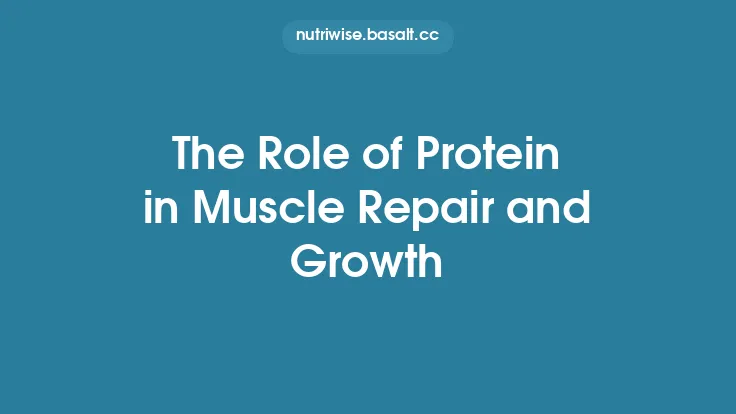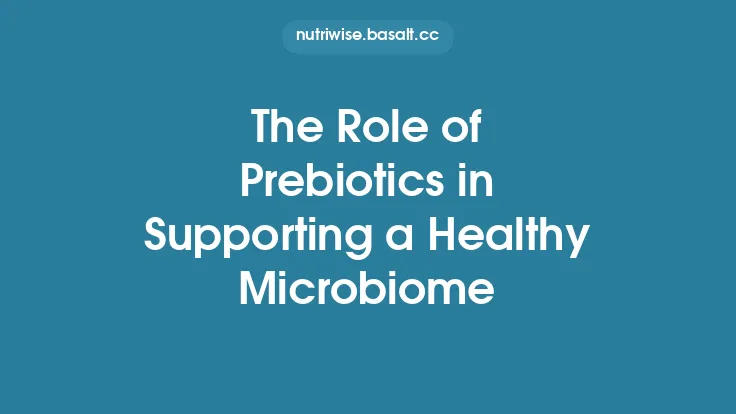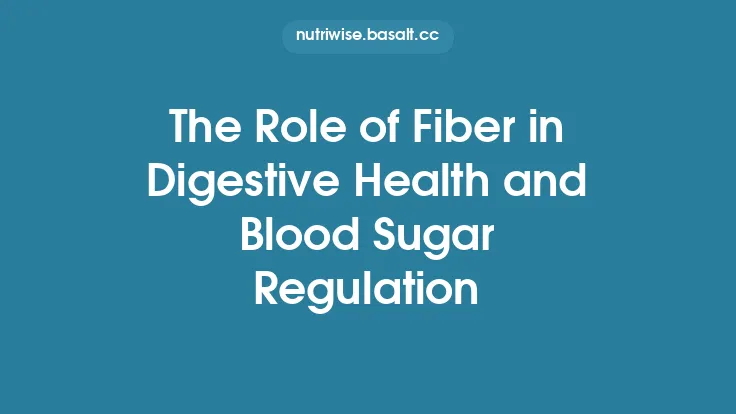Water is the most abundant molecule in the human body, accounting for roughly 60 % of an adult’s total mass. Every physiological process—from the transport of nutrients to the removal of metabolic by‑products—relies on an adequate supply of fluid. When we talk about “detoxification,” the body’s own organs (liver, kidneys, lungs, skin, and the gastrointestinal tract) are constantly at work breaking down, modifying, and eliminating substances that could become harmful if they accumulate. Hydration does not magically “flush toxins” in the way many marketing claims suggest, but it creates the conditions under which these natural pathways operate efficiently. Understanding the science behind water’s role helps separate fact from fiction and equips you with practical tools to support your body’s intrinsic cleansing mechanisms.
How Water Facilitates Cellular Waste Removal
At the cellular level, water serves as the solvent in which biochemical reactions occur. Metabolic processes generate waste molecules such as carbon dioxide, urea, and various reactive oxygen species (ROS). These by‑products must be transferred from the intracellular environment to the extracellular fluid and ultimately to excretory organs.
- Diffusion and Osmosis – Water maintains the osmotic gradients that drive the passive diffusion of small solutes across cell membranes. When intracellular solute concentrations rise, water moves out of the cell, diluting waste and preventing intracellular swelling (cytotoxic edema).
- Aquaporins – Specialized channel proteins called aquaporins regulate rapid water movement across membranes. Their expression is modulated by hydration status; adequate fluid intake up‑regulates certain aquaporins, enhancing the cell’s ability to expel waste‑laden fluids.
- Mitochondrial Efficiency – Mitochondria, the powerhouses of the cell, produce ATP through oxidative phosphorylation. Adequate hydration preserves mitochondrial membrane potential, reducing the leakage of electrons that form ROS. Fewer ROS mean less oxidative damage and a lower burden on antioxidant defenses.
By ensuring that cells are bathed in sufficient water, you help maintain the kinetic energy needed for waste molecules to travel from the site of production to the bloodstream, where they can be processed and eliminated.
Hydration and the Lymphatic System
Unlike the circulatory system, the lymphatic network does not have a central pump. Its movement relies on muscle contractions, arterial pulsations, and, crucially, the fluid pressure generated by interstitial water.
- Interstitial Fluid Balance – When tissues are well‑hydrated, interstitial fluid remains at an optimal volume, allowing lymphatic capillaries to efficiently collect excess proteins, lipids, and cellular debris. Dehydration thickens this fluid, increasing resistance to flow and slowing lymph transport.
- Immune Surveillance – Lymph carries immune cells (lymphocytes) and antigen‑presenting material to lymph nodes. Adequate fluid volume ensures that immune cells can patrol tissues effectively, identifying and neutralizing potentially harmful substances before they become systemic.
- Removal of Lipophilic Toxins – Certain environmental contaminants (e.g., persistent organic pollutants) are lipophilic and tend to accumulate in fatty tissues. The lymphatic system, aided by proper hydration, can mobilize these compounds bound to chylomicrons and transport them to the bloodstream for hepatic processing.
Thus, water acts as a “lubricant” for the lymphatic highways, supporting both waste removal and immune function.
Supporting Digestive Health Through Adequate Fluid Intake
The gastrointestinal (GI) tract is a primary route for eliminating solid waste and many water‑soluble metabolites. Hydration influences several key aspects of digestive health:
- Stool Softening and Transit Time – Water is incorporated into the bulk of feces via the colon’s mucosal secretions. Sufficient fluid prevents excessive water reabsorption, which would otherwise lead to hard, dry stools and constipation. Faster transit reduces the time that potentially harmful metabolites linger in the colon, limiting their reabsorption.
- Enzyme Activation – Saliva, gastric juice, pancreatic secretions, and bile are all aqueous solutions containing enzymes and electrolytes. Adequate hydration ensures these fluids are produced in appropriate volumes, facilitating the breakdown of macronutrients and the subsequent release of metabolic by‑products that the body must handle.
- Gut Microbiota Homeostasis – The composition and activity of the gut microbiome are sensitive to luminal water content. A well‑hydrated colon supports a diverse microbial community that can ferment dietary fibers into short‑chain fatty acids (SCFAs). SCFAs not only nourish colonocytes but also promote the expression of genes involved in detoxification pathways (e.g., phase II conjugation enzymes).
By keeping the digestive tract well‑lubricated, water helps the body expel waste efficiently while fostering a microbial environment that contributes to overall metabolic health.
The Skin: Your Body’s External Detox Organ
The integumentary system—skin, hair, and nails—acts as a barrier and a conduit for the excretion of certain waste products:
- Sweat Glands – Eccrine sweat glands produce a watery secretion that contains electrolytes, urea, lactate, and trace amounts of heavy metals. While sweat accounts for only a modest fraction of total toxin elimination, it provides a rapid route for heat regulation and the removal of water‑soluble metabolites.
- Trans‑Epidermal Water Loss (TEWL) – Proper hydration maintains the stratum corneum’s lipid matrix, reducing TEWL. When the skin barrier is compromised, toxins can more easily penetrate, and the body may need to allocate additional resources to repair damage.
- Dermal Lymphatics – The skin’s superficial lymphatic vessels drain interstitial fluid, carrying away cellular debris and immune complexes. Adequate hydration ensures these vessels remain patent, supporting the skin’s role in immune surveillance and waste clearance.
In essence, water sustains the skin’s structural integrity and its modest but meaningful contribution to detoxification through perspiration and lymphatic drainage.
Electrolyte Balance and Fluid Homeostasis
Hydration is not merely about drinking plain water; it involves a delicate balance of electrolytes—sodium, potassium, magnesium, calcium, and chloride—that govern fluid distribution across intracellular and extracellular compartments.
- Sodium‑Driven Osmoregulation – The kidneys respond to plasma sodium concentration by adjusting water reabsorption. When you consume water without electrolytes, plasma osmolality drops, prompting antidiuretic hormone (ADH) release to conserve water. Chronic over‑dilution can impair the kidneys’ ability to excrete solutes efficiently.
- Potassium and Cellular Function – Potassium is the principal intracellular cation. Adequate intake supports the Na⁺/K⁺‑ATPase pump, which maintains cellular membrane potential and drives the active transport of metabolic waste out of cells.
- Magnesium’s Role in Enzymatic Detox – Magnesium acts as a co‑factor for over 300 enzymatic reactions, including those involved in phase I and phase II detoxification (e.g., cytochrome P450 enzymes, glutathione‑S‑transferases). Proper hydration ensures magnesium remains bioavailable for these processes.
Balancing fluid intake with appropriate electrolytes prevents cellular dehydration, supports enzymatic activity, and optimizes the body’s capacity to process and eliminate metabolic by‑products.
Practical Strategies for Maintaining Optimal Hydration
- Set a Baseline Goal – General guidelines suggest 2.7 L (women) and 3.7 L (men) of total water intake per day, including beverages and food moisture. Adjust upward for hot climates, intense exercise, or high‑protein diets.
- Use Thirst as a Late‑Stage Indicator – By the time you feel thirsty, plasma osmolality may already be elevated. Incorporate scheduled drinking (e.g., a glass of water every 60 minutes) to stay ahead of dehydration.
- Incorporate Hydrating Foods – Cucumbers, watermelon, oranges, and soups contribute 20‑30 % of daily water needs. These foods also supply electrolytes and phytonutrients that support detox pathways.
- Mind the Beverage Mix – Pure water is ideal, but low‑calorie herbal teas, diluted fruit juices, and electrolyte‑enhanced drinks can diversify intake. Avoid excessive caffeine or alcohol, which have diuretic effects at high doses.
- Monitor Urine Color – Light‑straw to pale yellow typically reflects adequate hydration. Dark amber suggests a need for more fluids.
- Tailor Fluid Timing Around Exercise – Pre‑hydrate (≈500 mL 2–3 h before activity), sip during exercise (≈150–250 mL every 15–20 min), and replace lost fluids post‑exercise with a 3:1 water‑to‑electrolyte ratio.
- Consider Individual Health Conditions – People with heart failure, chronic kidney disease, or certain endocrine disorders may require fluid restrictions. Always consult a healthcare professional before making major changes.
By integrating these habits, you create a consistent internal environment that allows the body’s detoxification systems to function at their best.
Common Myths About Water and Detoxification
| Myth | Reality |
|---|---|
| “Drinking 8 glasses of water a day will flush out all toxins.” | The 8‑glass rule is a simplification. Detoxification depends on multiple organ systems; water alone cannot compensate for impaired liver or kidney function. |
| “You can ‘detox’ by only drinking water for several days.” | Prolonged water‑only fasting can lead to electrolyte imbalances, muscle catabolism, and reduced metabolic rate, which may actually hinder detox pathways. |
| “More water always equals better detox.” | Over‑hydration (hyponatremia) dilutes plasma sodium, impairing nerve and muscle function and potentially overwhelming renal excretory capacity. |
| “Detox teas are just flavored water.” | Many “detox” teas contain diuretics (e.g., senna, caffeine) that increase urine output but do not enhance the elimination of lipophilic toxins. |
| “If I’m well‑hydrated, I don’t need to worry about diet.” | Hydration supports detox, but dietary choices (e.g., excessive processed foods, high alcohol intake) can overload detox pathways regardless of fluid status. |
Understanding these misconceptions helps you adopt a balanced approach: water is a facilitator, not a cure‑all.
Bottom Line
Hydration is a foundational pillar of the body’s natural detoxification architecture. By maintaining optimal fluid balance, you:
- Enable efficient cellular waste transport and mitochondrial function.
- Support the lymphatic system’s role in immune surveillance and toxin mobilization.
- Promote healthy digestion, regular bowel movements, and a thriving gut microbiome.
- Preserve skin integrity and modestly aid in the excretion of water‑soluble metabolites through sweat.
- Ensure electrolytes remain available for enzymatic detox pathways.
While water alone cannot “cleanse” the body of every contaminant, it creates the physiological conditions necessary for the liver, kidneys, lungs, skin, and gut to perform their innate cleansing duties. Pairing adequate hydration with a nutrient‑dense diet, regular physical activity, and sufficient sleep offers the most reliable, evidence‑based strategy for supporting your body’s lifelong detoxification processes.





